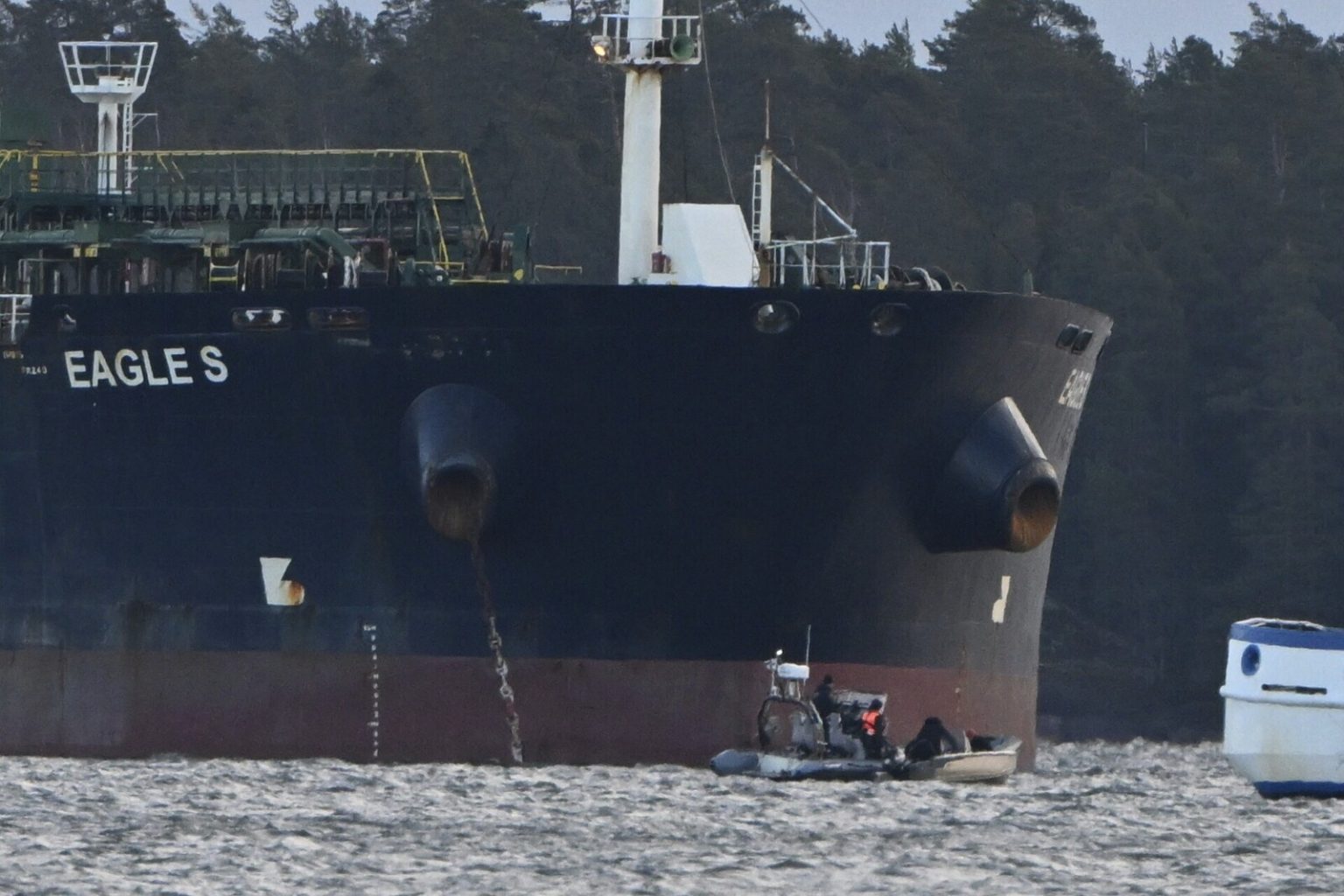The unexpected arrival and subsequent seizure of the oil tanker Swedish Eagle S in the Finnish port of Hanko has captivated public attention, transforming the vessel into an unlikely tourist attraction. People are travelling considerable distances to witness this piece of maritime history unfold, drawn by the intrigue surrounding the ship’s alleged involvement in the sabotage of the Estlink 2 power cable on Christmas Day. This incident, a suspected act of geopolitical maneuvering, has propelled the Swedish Eagle S from obscurity into the international spotlight, making it a tangible symbol of the tensions simmering beneath the surface of global politics. The public fascination reflects the gravity of the alleged crime and the broader anxieties about regional security in the Baltic Sea region.
The Swedish Eagle S, sailing under the flag of the Cook Islands, is believed to be part of the so-called "Russian shadow fleet," a collection of vessels operating outside of standard regulatory frameworks, often used to circumvent sanctions or engage in clandestine activities. This association immediately cast suspicion on the tanker, raising concerns about its true purpose in the area. The damage to the Estlink 2 power cable, a crucial energy link between Finland and Estonia, occurred on a symbolically significant date, further fueling speculation about the motives behind the act. The incident highlighted the vulnerability of critical infrastructure and underscored the potential for disruption in an increasingly interconnected world. The public’s interest in the Swedish Eagle S reflects not only curiosity about the ship itself but also a deeper concern about the potential implications of such acts of sabotage for regional stability and energy security.
While the Swedish Eagle S remains under scrutiny, the Finnish Central Criminal Police are diligently conducting their investigation. The authorities have interviewed the ship’s crew and seized equipment for forensic analysis. Crucially, images captured by the Finnish Border Guard reveal telling damage to the tanker’s hull, including fresh paint scratches and impact marks near the bow, believed to be caused by the anchor chain. This physical evidence appears to corroborate the suspicion that the Swedish Eagle S dragged its anchor along the seabed, potentially snagging and damaging the Estlink 2 cable in the process. Furthermore, a ten-mile-long drag mark discovered on the seabed aligns with the suspected path of the tanker, adding another piece to the puzzle. The meticulous gathering of evidence is crucial for building a strong case against the vessel and its operators, should they be found culpable.
The alleged involvement of the Swedish Eagle S in the cable sabotage has far-reaching implications, extending beyond the immediate disruption of power supply. The incident underscores the increasing use of hybrid warfare tactics, where non-military means are employed to achieve strategic objectives, often blurring the lines between conventional conflict and clandestine operations. The use of a seemingly innocuous commercial vessel for a potentially hostile act highlights the difficulty in attributing responsibility and responding effectively to such actions. This case serves as a stark reminder of the evolving nature of security threats in the 21st century and the need for enhanced vigilance in protecting critical infrastructure.
The ongoing investigation into the Swedish Eagle S is not merely a matter of maritime law enforcement; it has become a focal point in the broader geopolitical landscape. The incident highlights the complex interplay between national security, economic interests, and international relations. The suspected link to Russia, a country already facing scrutiny for its activities in the region, adds another layer of complexity to the situation. The outcome of the investigation could have significant repercussions for relations between the involved nations and potentially influence future security policies in the Baltic Sea region. The international community is watching closely, eager to understand the full extent of the incident and its implications for regional stability.
The story of the Swedish Eagle S serves as a microcosm of the larger geopolitical tensions playing out on the global stage. It illustrates the vulnerability of interconnected infrastructure, the increasing sophistication of hybrid warfare tactics, and the challenges in attributing responsibility for clandestine operations. The public’s fascination with the ship reflects a growing awareness of these complex issues and a desire to understand the forces shaping the world around them. The ongoing investigation, with its meticulous evidence gathering and careful analysis, will ultimately determine the fate of the Swedish Eagle S and its crew, while simultaneously providing valuable insights into the evolving nature of security threats in an increasingly interconnected world. The outcome of this case will likely have far-reaching consequences, shaping future security policies and influencing the delicate balance of power in the Baltic Sea region.














